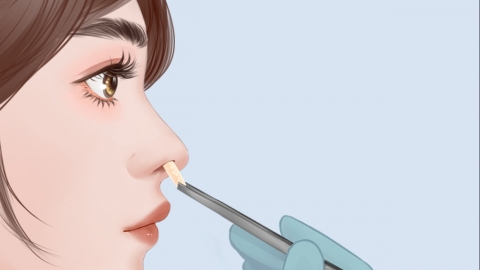What are the risks of using ear cartilage for rhinoplasty?
Generally, using ear cartilage for rhinoplasty may involve risks such as insufficient support, absorption and deformation, bleeding and hematoma, donor site injury, and infection. A detailed analysis is as follows:

1. Insufficient Support
Ear cartilage provides relatively weak support. Particularly for patients with poor nasal foundations who require strong support to shape the nose, ear cartilage might not meet the requirements. Regarding raising the nasal bridge, ear cartilage may not withstand significant pressure, making it prone to collapse and unable to maintain the desired nasal dorsum height.
2. Absorption and Deformation
After rhinoplasty with ear cartilage, the cartilage may undergo some degree of absorption due to local blood circulation and other factors. Uneven absorption can lead to changes in nasal shape, such as a deviated nasal bridge or deformed nasal tip, thereby affecting the final outcome of rhinoplasty.
3. Bleeding and Hematoma
Improper surgical techniques during rhinoplasty may lead to bleeding or hematoma formation. Additionally, incomplete hemostasis after surgery may also result in hematoma. Hematoma and bleeding not only increase patient discomfort but may also affect postoperative nasal shape and aesthetics.
4. Donor Site Injury
Harvesting ear cartilage causes certain damage to the donor site on the ear. During surgery, incisions must be made on the ear to extract the cartilage, which disrupts local ear tissue. Postoperatively, patients may experience ear pain, swelling, bruising, and there may be a risk of hypertrophic scarring during the healing process.
5. Infection
If aseptic techniques are not strictly followed during surgery or if postoperative care is inadequate—for example, if the nose gets wet too early or the ear wound becomes contaminated—infection may occur. Once infection develops, it not only affects surgical outcomes but may also cause increased redness, swelling, and pain in the nose, potentially requiring anti-infective treatment.
During the recovery period, it is important to avoid strenuous activities and pressure on the nose to prevent compromising surgical results and wound healing. Additionally, dietary adjustments are necessary to avoid spicy or irritating foods and allergenic substances, while maintaining a balanced diet to support recovery and wound healing.




